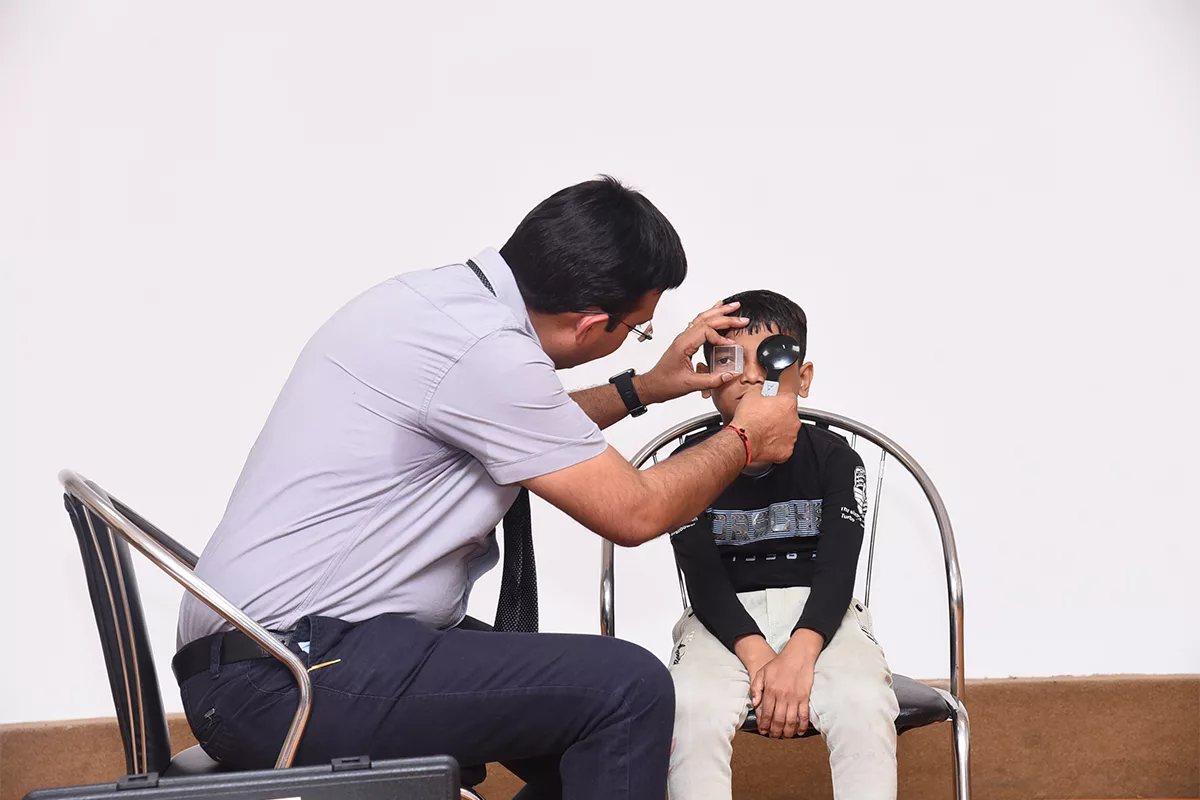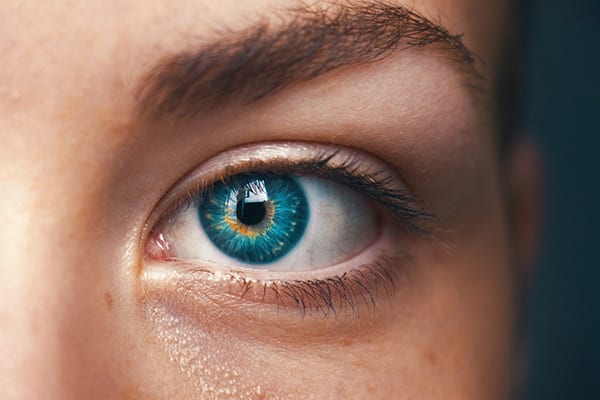With World Colour Blind Awareness Day, falling on September 6th, doctors at Moorfields Eye Hospital Dubai hope to raise awareness of the condition in order to offer advice, dispel common misconceptions and remove any stigma.
Colour blindness is one of the most misunderstood and ignored eye conditions, which can have a huge impact on a person’s life. From making even the simple act of choosing in-season fruits and vegetables, shopping for clothes or crossing the street at the traffic light, colour blindness can be a dominant factor in how you experience the world around you.
Affecting men more than women, colour blindness can hinder a person’s chances of enrolling in the police or military, taking on jobs that involve driving and even impact their academic performance.
Dr. Avinash Gurbaxani, Consultant Ophthalmologist, a specialist in Uveitis, Medical Retina and Cataract Surgery at Moorfields Eye Hospital Dubai, describes colour blindness as a reduced ability to distinguish between colours.
“Colourblind individuals do not see everything in ‘black and white’ but merely perceive colours differently from unaffected individuals,” he said.
Red-green and blue-yellow colour blindness are the most common forms of the condition along with total colour blindness. In people of northern European descent, red-green colour blindness affects up to 8% of men and 0.5% of women.
Symptoms can vary from person to person, said Dr. Avinash: “Some people will have no symptoms as they have learnt to distinguish colours in spite of their colour vision deficiencies (CVD).
“Others, however, may find they are colour blind after testing for jobs or entering recruitment into national service etc. Some may also find it difficult to see the difference between shades or colours.”
Simple clinical testing with Ishihara plates (coloured plates that test the extent of a person’s CVD) is used for red-green colour blindness, but more detailed tests like the colour assessment and diagnosis (CAD) or 100 Hue test can isolate the type of CVD,” said Dr. Avinash.
The cause of colour blindness can be genetic, with a person suffering throughout their life, although it can also develop as the result of the disease.
“The causes of colour blindness may be genetic and present from birth, the most common is X linked red-green colour vision deficiency (CVD). However, it can be acquired due to a disease of the optic nerve such as optic neuritis or multiple sclerosis or diseases of the retina,” said Dr. Avinash.
Although there is no cure for the genetic causes of colour blindness and most individuals have relatively few symptoms, some treatments are available, said Dr. Avinash.
“Certain tinted contact or eyeglasses lenses may help to depend on the type of CVD you have, although this may improve recognition of some colours, it can make others more difficult to distinguish. For acquired cases of colour blindness, prompt treatment of the underlying cause is advocated.
“Occupational counselling can be advised for cases of known CVD as certain jobs like pilots, train drivers etc are not suitable for these individuals. There are even a few smartphone apps that help distinguish colour for those who have difficulty doing so.”
Moorfields Eye Hospital Dubai can offer the full range of tests to determine the exact kind of colour blindness a patient is suffering from with expert staff on hand to advise on the best approach to manage colourblindness.












